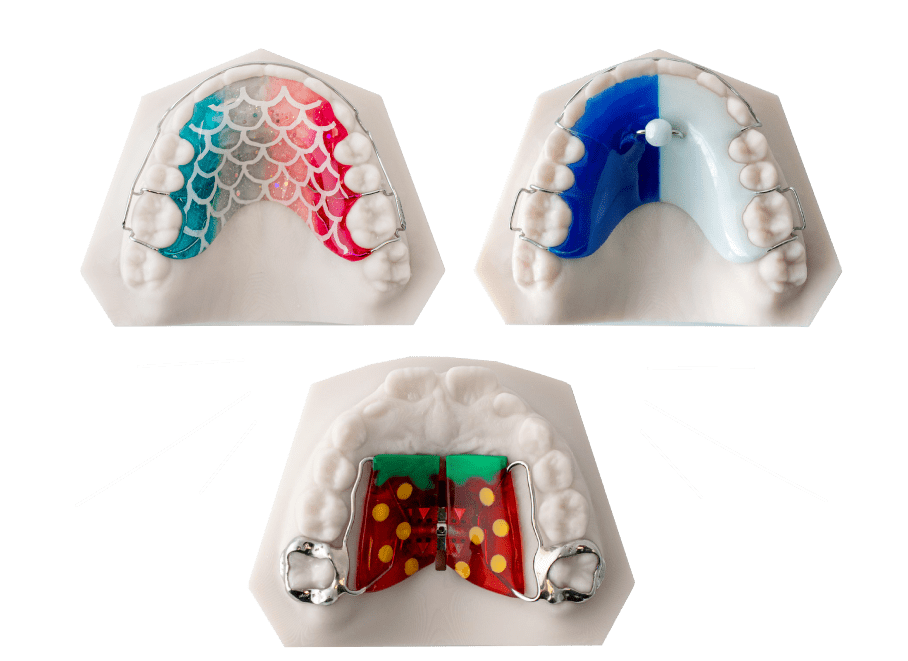Introduction: Why Process Clarity Matters
An orthodontist in Buffalo recently shared how a teenage patient and her parents kept asking the same question: “But how do these aligners actually move teeth?” It’s a fair question. When you hand someone a transparent piece of plastic and tell them it can shift bone and enamel into perfect alignment, skepticism is natural.
The answer lies in a predictable biological process. Clear aligners like Vivid Aligners apply controlled, gentle forces that stimulate bone remodeling — a process validated in peer-reviewed studies showing incremental movement of 0.2–0.3 mm per aligner tray【pmc.ncbi.nlm.nih.gov†L1-L10】.
And yet, it’s not just the science of tooth movement that matters. Orthodontists want efficiency, precision, and confidence that their workflow won’t get bogged down in adjustments or refabrications. Patients want comfort, transparency, and reassurance that the process works as advertised.
This article explains how Vivid Aligners work step by step, peels back the digital workflow that makes them reliable, sets real expectations for patients, and compares results with braces and Invisalign.
How Vivid Aligners Move Teeth Step by Step
Q: How do Vivid Aligners move teeth?
A: By applying targeted, gentle pressure through sequential aligners that gradually reshape bone around the roots.
The step-by-step process looks like this:
- Initial Assessment & Digital Scanning
Orthodontists start with a 3D intraoral scan. Unlike traditional molds, scanners capture precise detail and feed directly into treatment planning software. - Custom Fabrication of Aligners
Each set of aligners is designed digitally, then thermoformed over 3D-printed molds. Every tray is slightly different, moving teeth 0.2–0.3 mm per stage【pruittearpdentistry.com†L5-L15】. - Sequential Wear
Patients wear trays 20–22 hours daily, usually for 1–2 weeks before switching to the next set. Compliance is non-negotiable; missing wear time delays treatment. - Bone Remodeling
Pressure stimulates osteoclasts (breaking bone on one side) and osteoblasts (building new bone on the other), allowing safe, controlled shifts【southshore-ortho.com†L3-L12】. - Monitoring & Adjustments
Orthodontists schedule check-ins every 6–8 weeks to verify progress, add attachments if needed, or order refinements. - Retention
At the end, retainers “lock in” the new alignment. Without retention, relapse rates rise regardless of whether braces or aligners were used.
👉 Case Study: A clinical review of 120 patients wearing clear aligners found predictable anterior alignment with success rates above 85% when wear time was consistent【PMC10597356†L12-L20】.
The Digital Workflow Behind Vivid Aligners
Q: Why is the digital workflow such a game changer?
A: Because precision and speed reduce chair time, remake risk, and administrative headaches.
Here’s how Vivid’s workflow unfolds:
- Intraoral Scans capture exact 3D geometry without gag-inducing molds.
- CAD Software & AI Tools simulate tooth movement digitally, letting orthodontists preview the entire case before the first tray is made【softsmile.com†L1-L10】.
- 3D Printing turns that plan into ultra-precise molds, which are then thermoformed into trays.
- Cloud Portals allow orthodontists to submit cases, tweak movements, and review plans in real time with the lab【vividaligners.com†L3-L12】.
This contrasts with analog workflows where impressions shipped by mail delayed production and introduced fit errors.
Real Impact for Practices:
- Faster turnaround: Vivid guarantees 4-day production once a case is approved【odlortho.com†L1-L8】.
- Reduced remakes: Digital scans eliminate distortion from traditional molds.
- Flexible control: Orthodontists can refine AI setups stage by stage, rather than settling for rigid “pre-baked” plans.
👉 Without this workflow, practices deal with remakes, slower case starts, and wasted chair time.
What to Expect During Vivid Aligners Treatment
Q: What do patients feel in the first week?
A: Mild soreness, a snug fit, and sometimes a small lisp. All signs the trays are working.
- Day 1–3: Tightness and mild aching as teeth start shifting.
- Day 4–7: Salivation normalizes, speech adapts, discomfort fades【colganorthodontics.com†L2-L12】.
Daily Wear Guidance:
- 20–22 hours of wear is non-negotiable.
- Switch trays every 1–2 weeks as directed.
- Remove only for meals, drinks other than water, and brushing【rozenorthodontics.com†L5-L15】.
Common Issues & Fixes:
- Speech lisp → Practice reading aloud for faster adaptation.
- Tightness → OTC pain relief helps during tray switches.
- Lost tray → Contact orthodontist immediately; skipping trays can derail treatment.
👉 Orthodontist Milestones:
- Week 1: Adjustment begins.
- Month 1: Visible spacing or crowding improvement.
- Mid-Treatment: Refinements may be ordered.
- Final Stage: Precision finishing, followed by retention【smilesbyvivid.com†L5-L15】.
Patient education is critical. Studies show compliance (measured by wear-time trackers) directly correlates with treatment success rates【PMC12001029†L8-L16】.
Vivid Aligners vs. Braces and Invisalign: Time and Results
Q: Do aligners work faster than braces?
A: For mild to moderate cases, yes. For complex bite corrections, braces may still be required.
| Treatment Type | Typical Duration | Best Suited For | Patient Experience | Success Rates |
| Vivid Aligners | 12–18 months | Mild–moderate crowding, spacing, overbite | Removable, discreet, fewer emergencies | 85–90% when compliance high |
| Invisalign | 12–18 months | Mild–complex cases (longer data history) | Strong brand trust, robust support tools | 88–90% |
| Traditional Braces | 18–24 months | Complex bite, severe rotations | More visible, wire adjustments needed | 88–92% |
Key Insights:
- Braces remain gold standard for severe malocclusion or skeletal issues【pearldentalsc.com†L2-L10】.
- Vivid and Invisalign show similar effectiveness in mild–moderate cases, with patient satisfaction higher for aligners due to aesthetics and comfort【esteemsmiles.com†L3-L12】.
- Relapse risks are equivalent if retainers aren’t worn.
👉 Search trends confirm patients care most about speed, comfort, and aesthetics — three areas where aligners consistently outperform braces【cornerstonesmiles.com†L3-L10】.
Summary: Why Orthodontists Trust the Process
So, how do Vivid Aligners work?
Through a precise, digital-first system that applies sequential forces, stimulates natural bone remodeling, and integrates seamlessly into orthodontic practice workflows.
Orthodontists appreciate the zero-chair-time promise, AI-guided setups, and four-day turnaround. Patients value the aesthetics, comfort, and predictable results.
The bottom line: Vivid Aligners don’t replace braces in every case, but they represent a trusted, efficient alternative for the majority of mild to moderate orthodontic needs.
Ready to see the process in action? Learn more on our How It Works page and discover how you can give patients “confidence on autopilot.”


